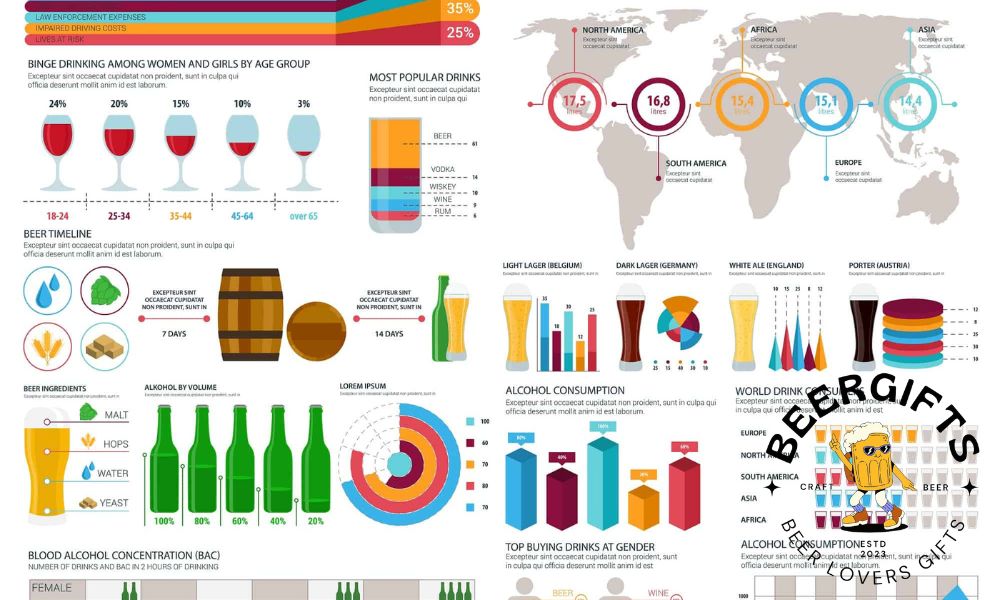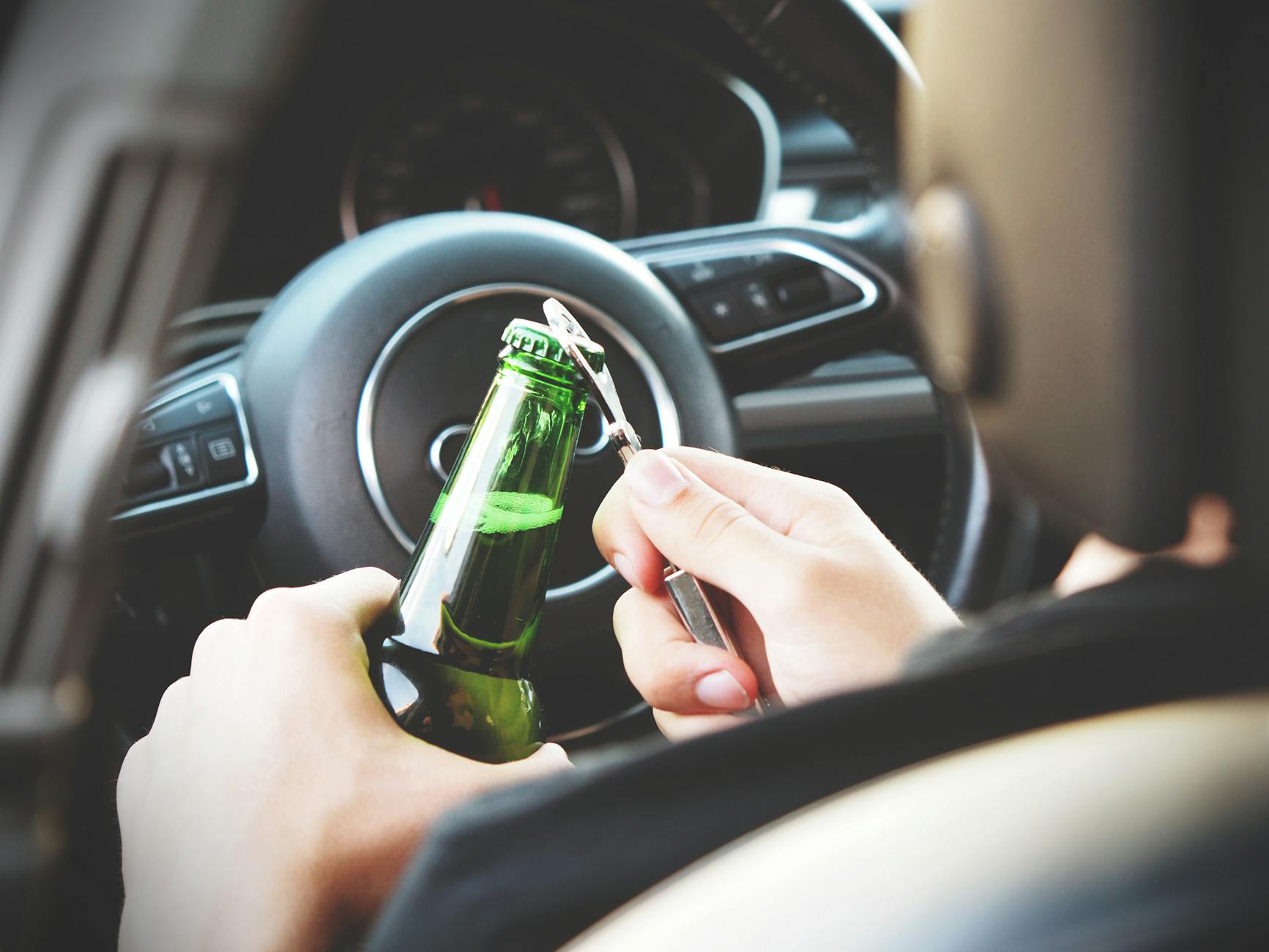Unlock the mystery of the beer equation and discover the magic number of brews needed to reach your ultimate buzz.
Table of Contents
Have you ever wondered how many beers it takes to get drunk? It’s a question that has been asked by many, and the answer is not as simple as you might think. In this blog post, we will delve into the science behind alcohol metabolism, individual tolerance levels, and various factors influencing intoxication. By understanding these factors, you can make informed decisions about your alcohol consumption and ensure that you drink responsibly.
Factors Influencing Intoxication Levels
Alcohol tolerance varies greatly from person to person. Some individuals may feel the effects of alcohol after just one drink, while others may be able to consume several drinks before feeling intoxicated. Factors such as genetics, age, gender, and overall health can all play a role in determining how alcohol affects you.
Body weight and metabolism also play a significant role in how quickly alcohol is metabolized in the body. Generally, the more you weigh, the more alcohol it will take to get you drunk. Additionally, individuals with a higher metabolism may process alcohol more quickly than those with a slower metabolism, leading to differing intoxication levels.
It is important to note that men and women metabolize alcohol differently. Women tend to have a higher percentage of body fat and lower water content in their bodies compared to men, which can result in higher blood alcohol concentrations after consuming the same amount of alcohol. This means that women may get drunk faster than men when drinking the same quantity of alcohol.
The Science Behind Alcohol Metabolism
When you consume alcohol, it is primarily metabolized by the liver. The liver breaks down alcohol into acetaldehyde, a toxic byproduct, which is then further metabolized into acetate and eventually eliminated from the body. As the liver processes alcohol, it also releases enzymes that help to break down the alcohol and reduce its intoxicating effects.
Alcohol affects the central nervous system by slowing down brain activity and impairing coordination, judgment, and decision-making. The more alcohol you consume, the more pronounced these effects become, leading to symptoms such as slurred speech, impaired motor skills, and loss of inhibitions.
The level of intoxication experienced is directly related to the amount of alcohol in your bloodstream, known as blood alcohol concentration (BAC). BAC is influenced by factors such as the rate of alcohol consumption, the amount of alcohol consumed, and individual factors such as age, weight, and metabolism.
Strategies for Safer Drinking
It’s important to drink responsibly and know your limits when it comes to alcohol consumption. Some tips for safer drinking include pacing yourself, drinking water between alcoholic beverages, and avoiding binge drinking. If you or someone you know has had too much to drink, it’s important to seek help and ensure their safety.

Image courtesy of www.beergifts.org via Google Images
Understanding your own tolerance levels and setting boundaries for yourself can help you avoid overconsumption and potential negative consequences. By being mindful of how alcohol affects your body and monitoring your alcohol intake, you can make informed decisions about when to stop drinking and how to stay safe while enjoying alcoholic beverages.
Conclusion
So, how many beers does it take to get drunk? The answer is not as simple as a specific number. The effects of alcohol vary from person to person and are influenced by a variety of factors. By understanding the science behind alcohol metabolism, individual tolerance levels, and intoxication factors, you can make informed decisions about your alcohol consumption and drink responsibly.
Remember to always prioritize your safety and well-being when consuming alcohol. Knowing your limits, pacing yourself, and seeking help if needed are all important steps in ensuring that you enjoy alcohol in a responsible manner.
Frequently Asked Questions
How can I calculate my BAC after drinking?
You can estimate your blood alcohol concentration (BAC) using online calculators or smartphone apps that take into account factors like your weight, the amount and type of alcohol consumed, and the duration of drinking.
Is it safe to drive after drinking a certain amount of beer?
It is never safe to drive after consuming alcohol. The legal limit for blood alcohol concentration (BAC) varies by location, but it’s best to avoid driving altogether if you’ve been drinking.
How long does it take for the effects of alcohol to wear off?
The effects of alcohol can vary based on factors like your metabolism, the amount consumed, and the type of alcohol. On average, it takes the body about one hour to metabolize one standard drink.
Can mixing different types of alcohol impact intoxication levels?
Mixing different types of alcohol can lead to increased intoxication levels due to the combined effects of the different drinks. It’s important to be mindful of how much you’re consuming and pace yourself to avoid overindulging.
Generated by Texta.ai Blog Automation


Leave a Reply